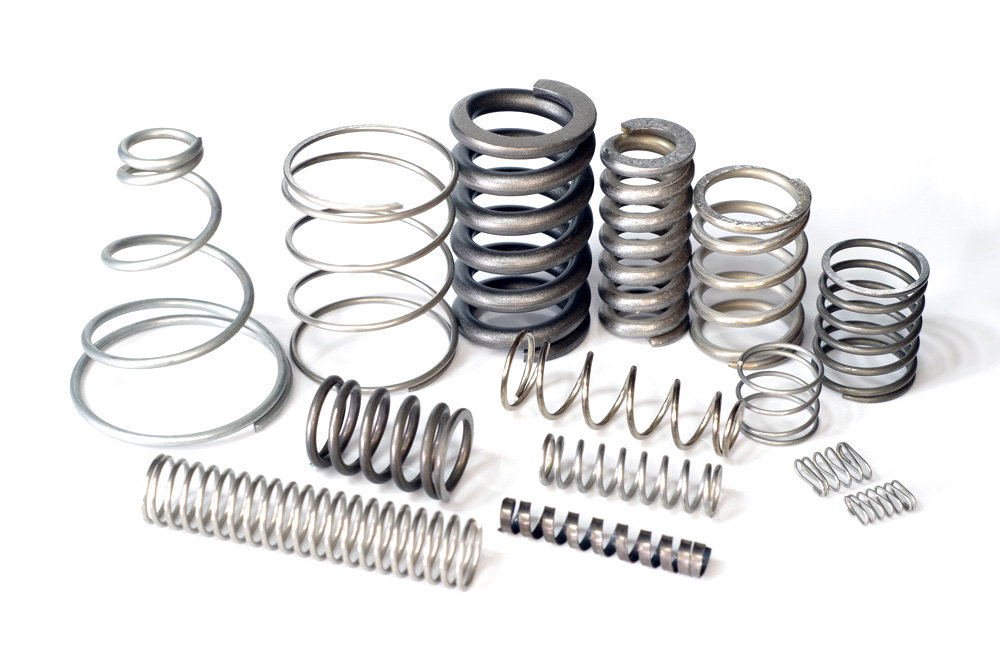
As the name suggests, compression springs provide resistance along an axis when there is a compressive force. These springs, are considered the most efficient, in terms of energy storage, and also as one of the most versatile.
Compression springs are mechanical components that are used to transmit pressure forces. The force generated by a spring is directly proportional to the deflection arrow. In special cases, however, the force characteristics can be progressive - this requires special design of the spring.
Compression springs are made of wire with the right elasticity, which is wound in a certain number of coils. The fewer coils a spring has, the more rigid it is and the harder it is to deform. When pressure is applied to the spring from one side, the wire twists and transfers the pressure force to the other side.
Compression springs are used in a wide variety of devices and machines, such as cars, bicycles, furniture, watches and many others. In cars, compression springs are used to support the body over the wheels and provide adequate pressure on the tires. In bicycles, they are used to absorb shock and maintain constant pressure on the pedals. In furniture, they are used in seats and backrests to provide adequate flexibility and comfort.
Compression springs are very durable components, but they can wear out over time. If a spring loses its elasticity or becomes too stiff, it can lead to problems with the operation of the device or machine in which it is installed. Therefore, it is important to regularly check the condition of springs and replace them when necessary.
Compression springs are widely used in a wide variety of fields and equipment. Here are some examples: